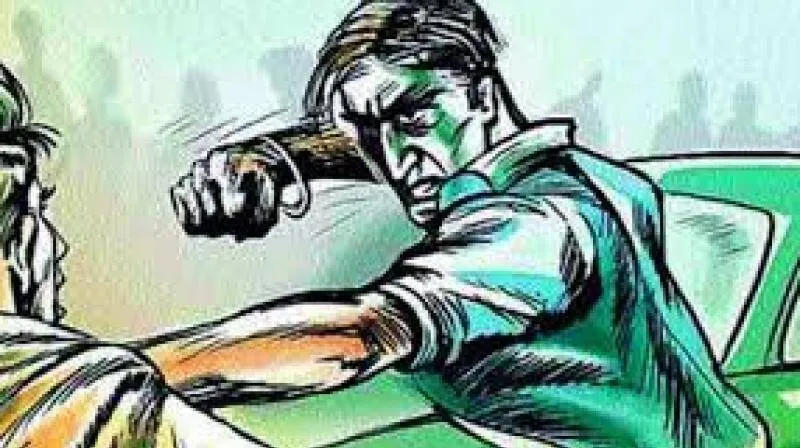

THIRUVANANTHAPURAM: State police are set to implement geotagging as part of a new digital crackdown. The move follows instructions from DGP Sheikh Darvesh Sahib to district police chiefs, digitizing efforts to track and monitor goons across the state.
Under this initiative, the locations of notorious criminals, their operational centers and hideouts will be marked on a digital map. Police will routinely visit these geotagged spots to monitor the goons' activities. If a criminal is not found at the designated location, authorities will trace and apprehend them. Repeat offenders may face detention or even deportation. This drastic measure comes as Kerala witnesses a spike in violent crimes, with 438 murders and 1,358 attempted murders reported over the past year and a half.
How geotagging works
The residences of gangsters will be geotagged using latitude and longitude data, linking them to nearby colonies, bus and railway stations, theatres, bars, hotels and other public spaces. This data will be accessible to police officers in both the control room and patrol vehicles. The system aims to enhance police response times, allowing authorities to quickly round up gangsters in case of trouble in any locality.
Police will also update their station-level databases to track new criminals entering the scene. With the implementation of digital surveillance, law enforcement hopes to effectively confine gangsters and curb their movements.
Kochi model
The inspiration for this new approach comes from Kochi, where 1,275 locations were geotagged as part of a similar initiative. Regular monitoring of over 800 gangsters in the city led to a significant drop in crime. While past efforts like 'Operation Kaval' and other district-level missions failed due to police non-cooperation and information leaks from officials, authorities are hopeful that geotagging will solve these issues.
It is estimated that Kerala is home to 8,745 identified goons, with 2,815 of them remaining active. Kottayam district leads with 1,400 active goons.